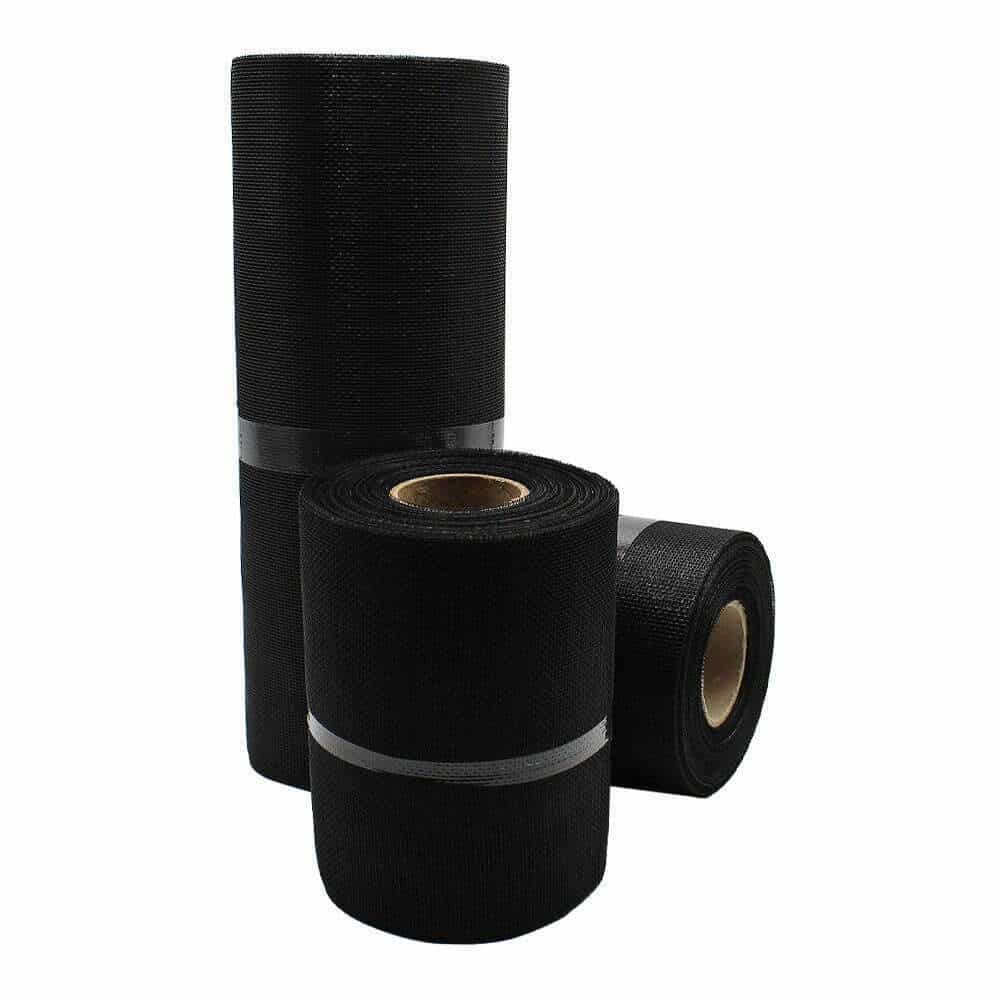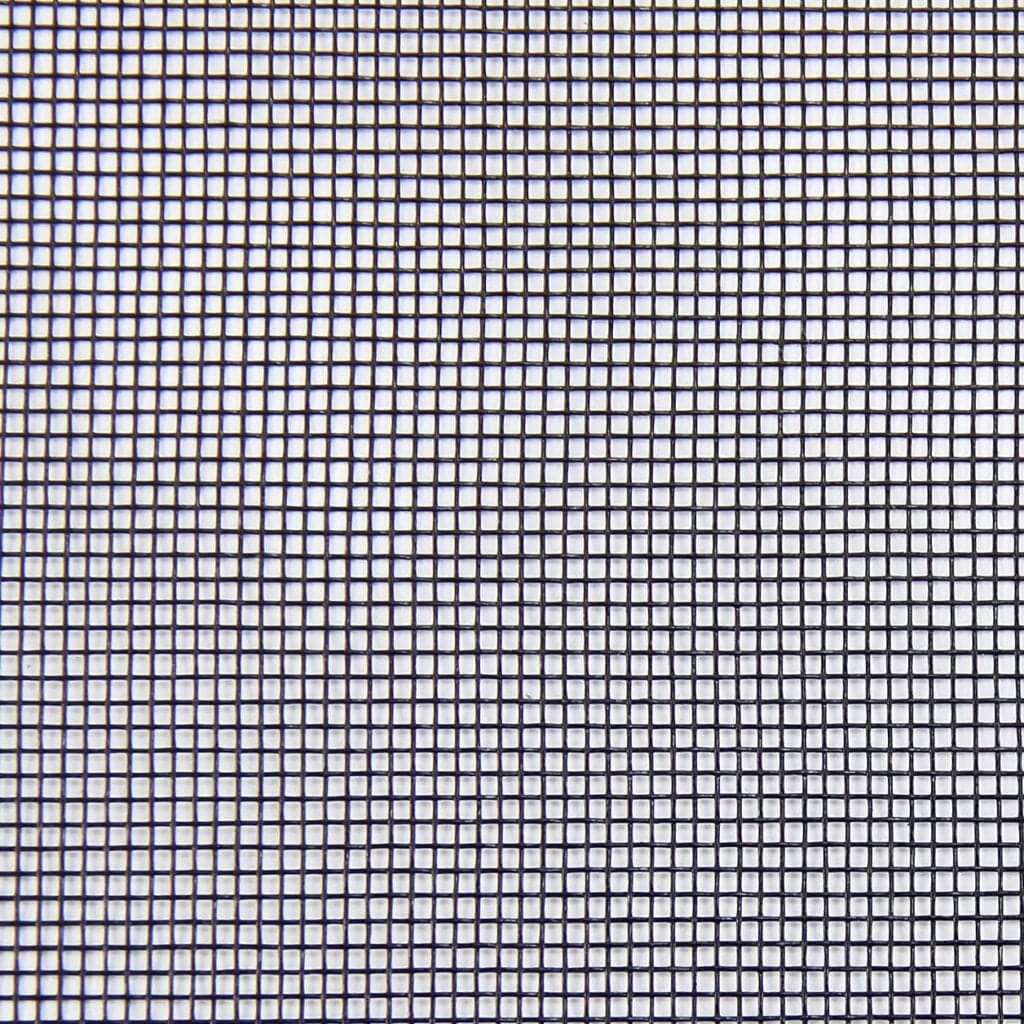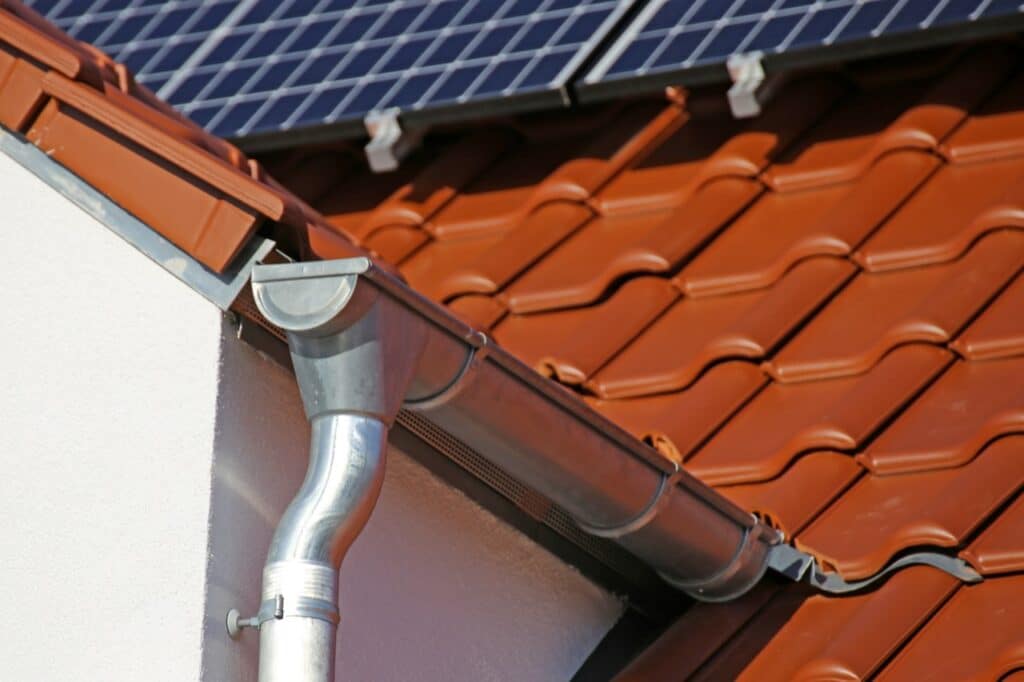









If you’re looking for ways to improve the ventilation in your house, black soffit vents and mesh rolls are an ideal solution.
Soffit vents are installed on the underside of the roof’s overhang, also known as a soffit. They allow air to circulate through your loft, keeping temperatures more consistent throughout your home.
In addition, they help reduce mould growth and moisture levels in lofts.
This article will discuss the importance of black soffit vent mesh rolls, how they work, and why they are beneficial for your home.
Let’s get into it…


Soffit vents are small openings that are installed along the lower edge of a roof or soffit in order to provide ventilation. They can be made from various materials including aluminium, vinyl, wood, or plastic.
Soffit vents facilitate air circulation within the roof space, ensuring fresh air enters the attic and stale air exits through ridge or gable vents. This helps maintain a healthy indoor environment.
Proper ventilation through soffit vents helps control moisture levels in the attic, reducing the risk of condensation, dampness, and mould growth. This is particularly important in the UK due to its damp and humid climate.
However, this can allow rodents or insects to get access into your property. This is why our range of rodent mesh and insect mesh rolls are so popular.
The best way to keep air circulating freely through soffits is with a vent mesh.
These meshes are typically made from stainless steel, aluminium or fibreglass wire that is woven into a square pattern that allows air to flow freely through it while still protecting against bugs, rodents and other pests from entering into the loft space.
This blog focusses on black fibreglass insect mesh, which is one of the best solutions for the soffit vent insect issue.
Our quality black fibreglass soffit insect vent mesh offers a range of benefits for homeowners seeking to protect their homes while maintaining proper ventilation. Key advantages include:
Insect protection: Obviously this is the biggie. The mesh design effectively blocks insects, such as bees, wasps, and mosquitoes, from entering the attic space through the soffit vents. This helps prevent infestations and associated damage.
Durability: Fibreglass is a strong and long-lasting material that can withstand exposure to various weather conditions without corroding or deteriorating. This ensures the vent mesh remains effective over time.
UV resistance: Black fibreglass mesh is typically UV-resistant, meaning it won’t fade or degrade when exposed to sunlight, maintaining both its functionality and appearance.
Moisture resistance: Fibreglass is resistant to moisture, making it an ideal choice for the damp UK climate. This resistance prevents mould and mildew growth, ensuring the mesh remains effective and low maintenance.
Fire resistance: Fibreglass is a non-combustible material, making it a safer option for use in ventilation systems. This fire resistance can contribute to overall home safety.
Easy installation: Black fibreglass soffit insect vent mesh is typically lightweight and flexible, making it easy to cut and install in various soffit vent designs.
Aesthetics: The black colour of the mesh can blend seamlessly with various soffit materials and colours, providing a discreet and attractive appearance.
When installing black fiberglass insect mesh in a soffit vent, follow these tips to ensure a successful and secure installation:
Measure and plan: Before starting the installation, carefully measure the dimensions of the soffit vents to determine the required size of the insect mesh. Consider any overlaps or extra material needed for securing the mesh.
Gather tools and materials: Assemble the necessary tools and materials, such as a utility knife, measuring tape, scissors, staple gun, staples or screws, and the fiberglass insect mesh.
Cut the mesh to size: Using the measurements taken earlier, cut the fiberglass insect mesh to the appropriate size with scissors or a utility knife. It’s a good idea to add a small margin (e.g., 1 inch) to each side to ensure a secure fit.
Clean the vent area: Before installing the mesh, clean the soffit vent area to remove any debris, dust, or dirt that might interfere with the installation or proper functioning of the vent.
Attach the mesh: Position the insect mesh over the soffit vent, ensuring it covers the entire opening. Secure the mesh by stapling or screwing it into the surrounding soffit material. Start at one corner and work your way around, pulling the mesh taut as you go. Make sure the mesh is firmly attached and there are no gaps for insects to enter.
Trim excess material: If there’s any excess material, use a utility knife to trim it away, being careful not to damage the soffit or surrounding materials.
Inspect the installation: After installing the mesh, inspect it to ensure it’s secure, covering the entire vent opening, and not obstructing airflow.
Repeat the process: Install the insect mesh on all soffit vents in a similar manner, ensuring a consistent and secure installation throughout.
Maintenance: Regularly inspect the insect mesh for any signs of damage, wear, or clogging. Clean and maintain the mesh as needed to ensure proper ventilation and protection against insects.
In conclusion, installing soffit vents with mesh is an effective way to improve airflow and reduce moisture levels in attics while also protecting against unwanted pests such as rodents or birds entering into your attic space. What we refer to as our black soffit mesh is a brilliant material to block bugs from stking advantage of this space.
By ensuring proper ventilation throughout your home you can extend the life expectancy of shingles on roofs while also saving money on energy bills each month due to improved energy efficiency! We hope this article was helpful in understanding the importance of soffit vents and their role in maintaining your home. Thank you for reading!
If you have any questions, our team of experts at The Mesh Company are here to help. Our knowledgeable staff can provide guidance on selecting the best mesh material and installing it properly for optimal results.
If you need mesh for rodent control then check out one of the myriad articles that we have published through our blog. We recently wrote a guide on how to install rodent mesh in the home.
Our goal for our blogs and help guides is to answer as many questions as possible to help to explain the possibilities of mesh to our customers. Contact our team today if you have any questions at all. We are always really keen to help in any way that we can.
